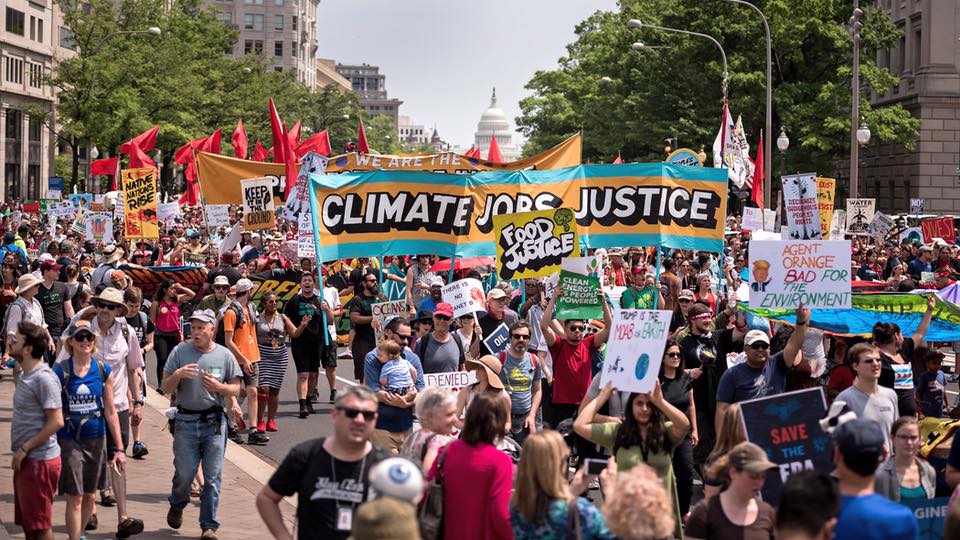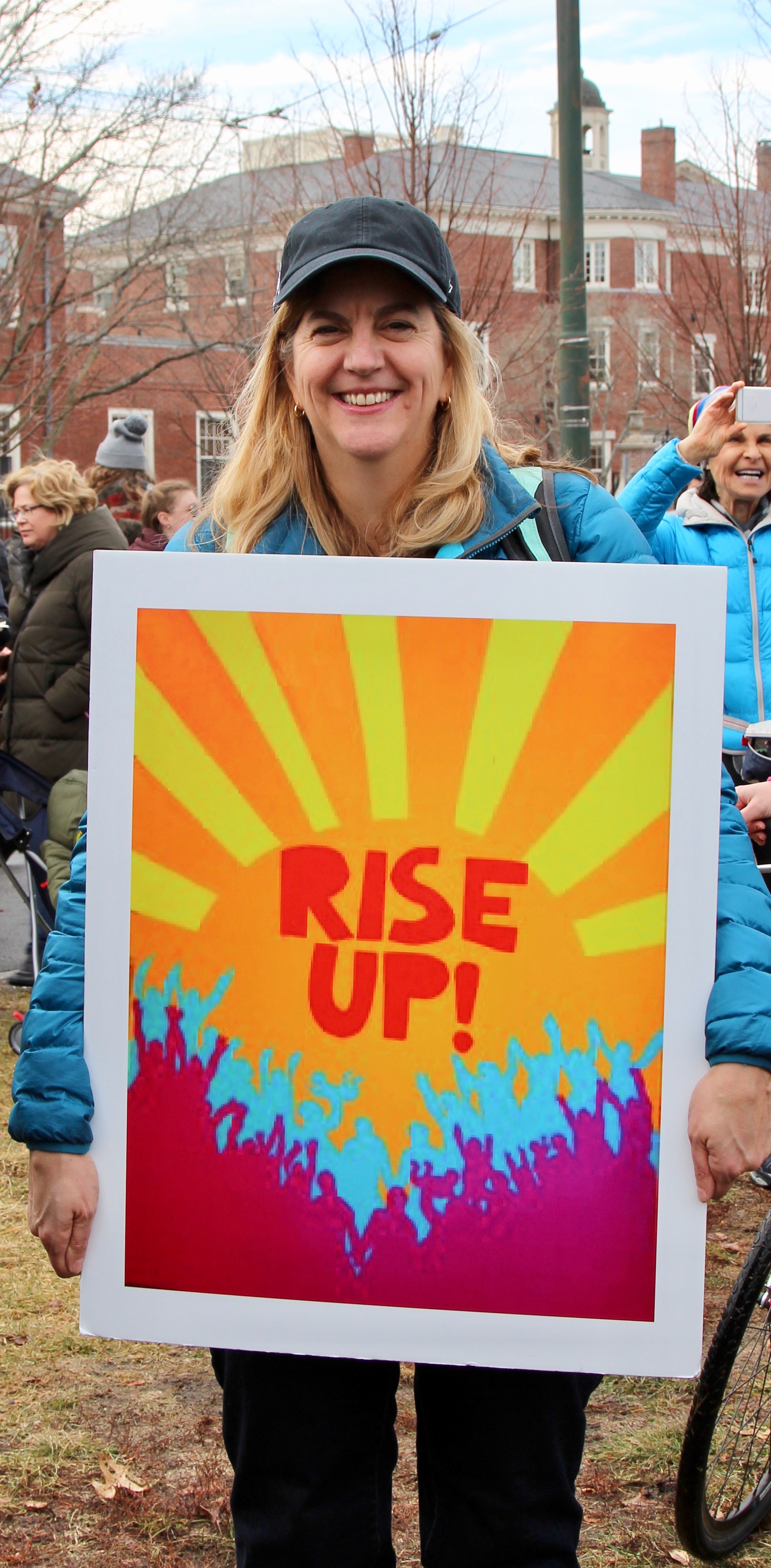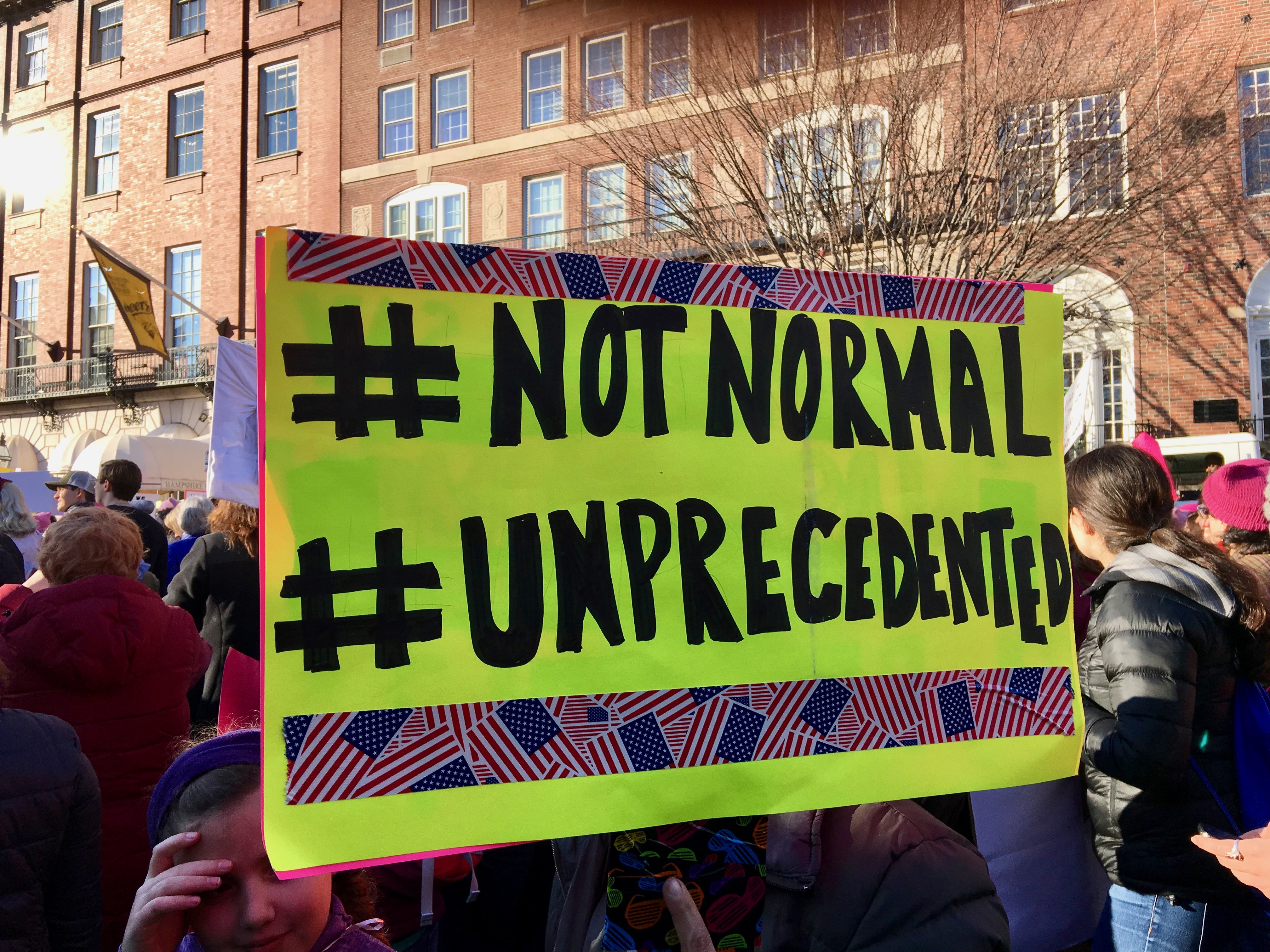
Passages in bold in the body of the texts below are my emphasis. This is an ongoing project, and I update the site frequently. Because I try to stay focused on what has actually happened, I usually let the news ‘settle’ for a day or so before posting. I hope readers will peruse the articles in full for a better understanding of the issues and their context; our democracy and our future depend on citizens who can distinguish between facts and falsehoods and who are engaged in the political process.
Friday, 8 March 2019, Day 778:
House Passes Democrats’ Centerpiece Anti-Corruption and Voting Rights Bill, The New York Times, Catie Edmondson, Friday, 8 March 2019: “The House passed the Democrats’ showcase anti-corruption and voting rights legislation on Friday, an expansive measure that aims to dismantle barriers to the ballot box, end big money in politics and impose stricter ethics rules on federal officials. The sweeping legislation, passed 234-193, makes good on the campaign pledge to clean up Washington that helped catapult Democrats into the majority. It also serves as a campaign platform for Democrats ahead of 2020. It has virtually no chance of passing the Senate…. The ambitious compendium, at nearly 700 pages, includes proposals designating Election Day as a federal holiday, automatically registering citizens to vote, and restoring voting rights to people who have served felony sentences. It also creates a six-to-one matching system for donations of up to $200 to congressional and presidential candidates who reject high-dollar contributions, funded by an additional fine on corporations found to have broken the law.” See also, House Democrats pass H.R. 1, their answer to draining the swamp, The Washington Post, Mike DeBonis and John Wagner, Friday, 8 March 2019: “The House approved a far-reaching elections and ethics bill Friday — one that would change the way congressional elections are funded, impose new voter-access mandates on states and, in one of several provisions targeting President Trump, force disclosure of presidential candidates’ tax returns. Democrats dubbed the bill H.R. 1, a designation meant to signal its place as a centerpiece of their congressional agenda. The measure, which has more than 500 pages, contains dozens of provisions favored by liberal advocacy groups, labor unions and other Democratic allies.” See also, House Passes the Most Significant Democracy Reform Bill in a Generation, Mother Jones, Ari Berman, Friday, 8 March 2019: “The House of Representatives on Friday passed the most significant democracy reform bill introduced in Congress since the Watergate era by a vote of 234 to 193. The sweeping bill, known as HR 1: the For the People Act, would massively expand voting rights, crack down on gerrymandering, reduce the influence of big money in politics, and require sitting presidents and presidential candidates to release 10 years of tax returns.” See also, House passes sweeping election reform bill, Politico, Zach Montellaro, Friday, 8 March 2019. See also, House Passes Extensive Election and Campaign Finance Overhaul Bill, NPR, Miles Parks, Friday, 8 March 2019.
Elizabeth Warren Proposes Breaking Up Tech Giants Like Amazon and Facebook, The New York Times, Astead W. Herndon, Friday, 8 March 2019: “Senator Elizabeth Warren, the Massachusetts Democrat who is bidding to be the policy pacesetter in the Democratic presidential primary, championed another expansive idea on Friday evening in front of a crowd of thousands in Queens: a regulatory plan aimed at breaking up some of America’s largest tech companies, including Amazon, Google, Apple and Facebook…. Ms. Warren’s policy announcement sent reverberations from New York to Silicon Valley, as she further cemented herself as one of the Democratic candidates most willing to call for large-scale changes to the country’s structure in the name of equality.” See also, Elizabeth Warren’s new plan: Break up Amazon, Google, and Facebook, CNN, MJ Lee, Lydia DePillis, and Gregory Krieg, Friday, 8 March 2019: “Sen. Elizabeth Warren released an aggressive plan on Friday to break up tech giants like Amazon, Google and Facebook, targeting the power of Silicon Valley with her populist message as sprawling Internet giants face mounting political backlash ahead of the 2020 presidential election. The far-reaching proposal would impose new rules on certain kinds of tech companies with $25 billion or more in annual revenue, forcing Amazon and Google to spin off parts of their companies and relinquish their overwhelming control over online commerce. The plan also aims to unwind some of the highest profile mergers in the industry, like the combinations of Amazon and Whole Foods, and Google and DoubleClick, as well as Facebook’s acquisition of Instagram and WhatsApp.” See also, Elizabeth Warren Calls for the Breakup of Amazon, Google, and Facebook, The Wall Street Journal, Brent Kendall and Jacob Schlesinger, Friday, 8 March 2019: “Sen. Elizabeth Warren, the Massachusetts Democrat running for president, on Friday called for the breakup of Amazon.com Inc., Alphabet Inc.’s Google, and Facebook Inc., taking an aggressive populist stance against some of the nation’s most powerful companies. ‘Today’s big tech companies have too much power—too much power over our economy, our society and our democracy,’ Ms. Warren said in an online post. ‘They’ve bulldozed competition, used our private information for profit and tilted the playing field against everyone else. And in the process, they have hurt small businesses and stifled innovation. My administration will make big, structural changes to the tech sector to promote more competition—including breaking up Amazon, Facebook, and Google,’ Ms. Warren said.”
Bill Shine Resigns as White House Communications Director, The New York Times, Maggie Haberman and Peter Baker, Friday, 8 March 2019: “Bill Shine, the former Fox News executive who joined the White House staff last summer to manage President Trump’s communications operation, has resigned and will move to the president’s re-election campaign, the White House announced Friday…. Mr. Shine’s presence in the White House was seen as emblematic of how closely Mr. Trump has aligned himself with Fox, a symbiotic relationship that drew a critical appraisal in a much-read New Yorker article published this week. Mr. Trump has given the network about 45 interviews as president, using it to communicate with his most fervent supporters even as he embraces lines of argument that its hosts advance…. Mr. Shine had spent more than a year searching for another job after he was ousted from Fox [in May 2017] amid the scandal surrounding Roger Ailes and Bill O’Reilly and the accusations of sexual harassment that were made against them. Mr. Shine was not himself accused of improper behavior, but was faulted for a culture that sought to cover it up. The White House became his road to redemption.” See also, Bill Shine abruptly resigns as White House communications chief, The Washington Post, Philip Rucker, Josh Dawsey, and David Nakamura, Friday, 8 March 2019.
Continue reading Week 112, Friday, 8 March – Thursday, 14 March 2019 (Days 778-784)








